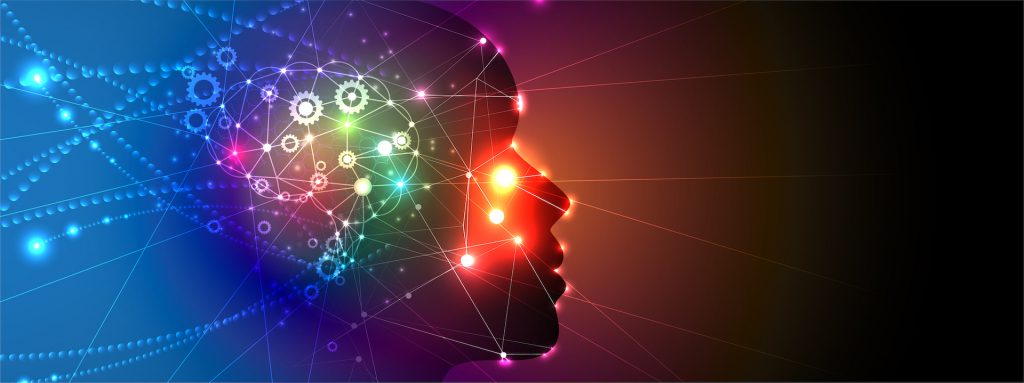
Eight months in, 2021 has already become a record year in brain-computer interface (BCI) funding, tripling the $97 million raised in 2019. BCIs translate human brainwaves into machine-understandable commands, allowing people to operate a computer, for example, with their mind. Just during the last couple of weeks, Elon Musk’s BCI company, Neuralink, announced a $205 million in Series C funding, with Paradromics, another BCI firm, announcing a $20 million Seed round a few days earlier.
Pattern recognition and transfer learning
The ability to translate brain activity into actions was achieved decades ago. The main challenge for private companies today is building commercial products for the masses that can find common signals across different brains that translate to similar actions, such as a brain wave pattern that means “move my right arm.”
This doesn’t mean the engine should be able to do so without any fine tuning. In Neuralink’s MindPong demo above, the rhesus monkey went through a few minutes of calibration before the model was fine-tuned to his brain’s neural activity patterns. We can expect this routine to happen with other tasks as well, though at some point the engine might be powerful enough to predict the right command without any fine-tuning, which is then called zero-shot learning.
Fortunately, AI research in pattern detection has made huge strides, specifically in the domains of vision, audio, and text, generating more robust techniques and architectures to enable AI applications to generalize.
The groundbreaking paper Attention is all you need inspired many other exciting papers with its suggested ‘Transformer’ architecture. Its release in late 2017 has led to multiple breakthroughs across domains and modalities, such as with Google’s ViT, DeepMind’s multimodal Perceiver, and Facebook’s wav2vec 2.0. Each one has achieved state-of-the-art results in its respective benchmark, beating previous techniques for solving the task at hand.
One key trait of the Transformer architecture is its zero- and few-shot learning capabilities, which make it possible for AI models to generalize.